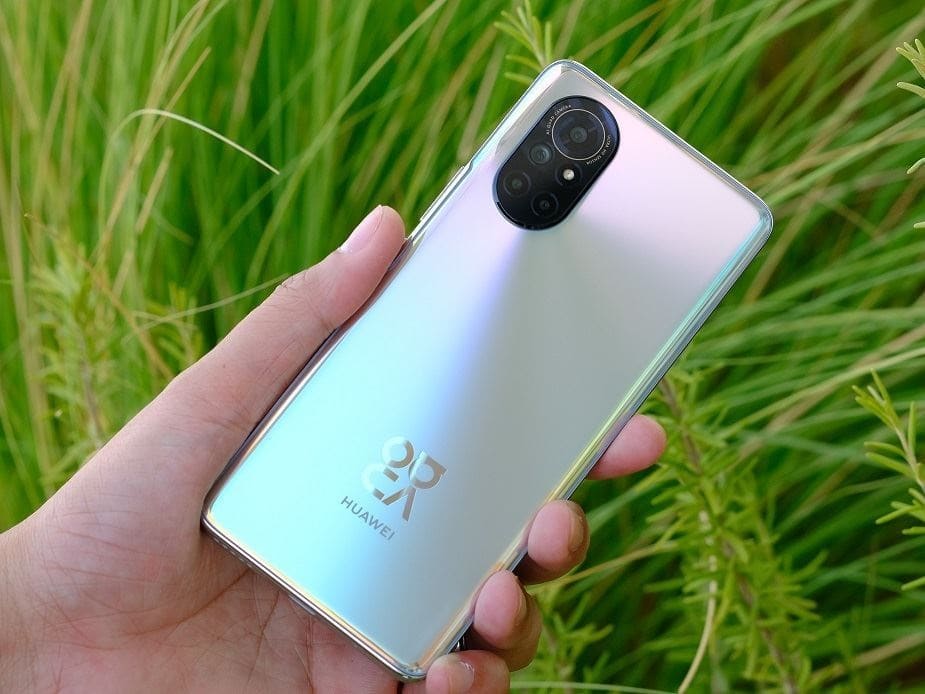Nova smartphones from Chinese manufacturer Huawei have been a popular choice among consumers since its release in 2013. They are distinguished by their beautiful appearance and well-balanced technological characteristics. A large number of devices in the series were based on Qualcomm solutions or on bespoke chips produced by the manufacturer at the same time as the series’ introduction.
As a result of United States government sanctions, the well-known developer has found itself unable to maintain its market position and has been forced to rely on CPUs from other businesses that are functionally similar to its original. Surprisingly, the current condition of circumstances has been advantageous to everyone involved, including the subject of today’s discussion. With a low nova 8 price, this is the best choice.
The Entire Appearance of the Gadget
This is made in keeping with current fashion trends in the sector, according to the manufacturer. In particular, the four image modules in the upper left corner of the glass back wall are noteworthy, as is the fingerprint scanner, which is situated just beneath the display screen. Both the metal frame of the casing and a compact 32-megapixel front camera built in the display is pleasing to the user’s eyes on this smartphone. Despite the fact that it has a resolution of 2340 x 1080 pixels and a refresh rate of 90 Hertz, the 6.57-inch AMOLED screen does not have a new processor that would allow it to have a greater image refresh rate? Also improbable is that the company will make any assurances concerning the display’s brightness and contrast levels.
Main Internal Features
The Kirin 985 processor, when combined with 8GB of RAM and the Mali G77MP8 video adapter, makes for a potent combo in the mid-to-high-price range of the market. In the future, the package has the potential to boost performance even more. The most resource-intensive games may now be played at their maximum graphic settings, allowing players to test their skills. With a 3800 mAh battery and 7 nm manufacturing technology, you should be able to get up to 8 to 9 hours of screen time in active mode. Additionally, Android 10 optimization boosts its speed much more. With a charging power of 66W, the battery may be recharged in a short period of time. Because the internal storage capacity has been increased to 128/256 GB, a lack of storage space will not be a source of concern for the consumer.

As with everything else, transformations happened in the area of photographic potential as well. It will continue to be the Sony IMX686 sensor and the quality of the recordings that determine the principal 64-, 8, and 2-megapixel cameras (each of which has a pair of sensors). Pictures taken from wide angles and at close range are particularly stunning. It’s also worth mentioning that contactless payments are enabled by a variety of technologies, including NFC and 5G frequencies. Aside from that, the lack of a separate headphone output and the inability to access Google services are two other issues that need to be addressed. This indicates that the gadget does not perform any worse than its rivals at a comparable price, and it only interferes with the flaws outlined above that are significant to a subset of the general public.
In terms of resolution, the screen has a 1070×2400 pixel resolution, a pixel density of 403 pixels per inch (PPI), and an aspect ratio of 20:9. The HiSilicon Kirin 710A CPU, which powers the Huawei Nova 8 SE 4G, is an octa-core processor. It features a total of 8GB of RAM onboard. With a battery capacity of 3800mAh and an operating system called HarmonyOS 2.0, Huawei’s Nova 8 SE 4G is ready to take on the world. The Huawei Nova 8 SE 4G is equipped with an in-house quick charging technology that is unique to Huawei.
There are four cameras on the back of the Huawei Nova 8 SE 4G: a 64-megapixel main camera with an f/1.9 aperture, an 8-megapixel camera with an f/2.4 aperture, a 2-megapixel camera with an f/2.4 aperture, and a 2-megapixel camera with an f/2.4 aperture. The front of the phone has a 16-megapixel camera with an f/1.9 aperture. The phone’s front-facing camera has a 16-megapixel resolution and an aperture of f/1.9, making it one of the best on the market. The focusing feature is available on the rear camera configuration. There is just one front-facing camera with a 16-megapixel sensor, an f/2.0 aperture, and an f/2.4 aperture for taking selfies, which has an f/2.4 aperture for taking group selfies. The focusing feature is also available on the front-facing camera.





